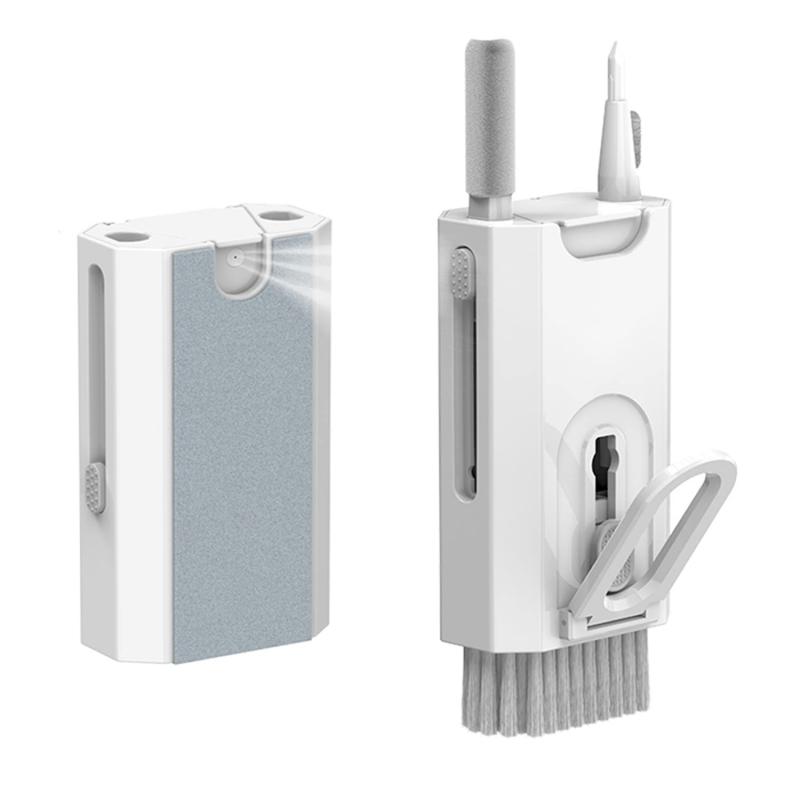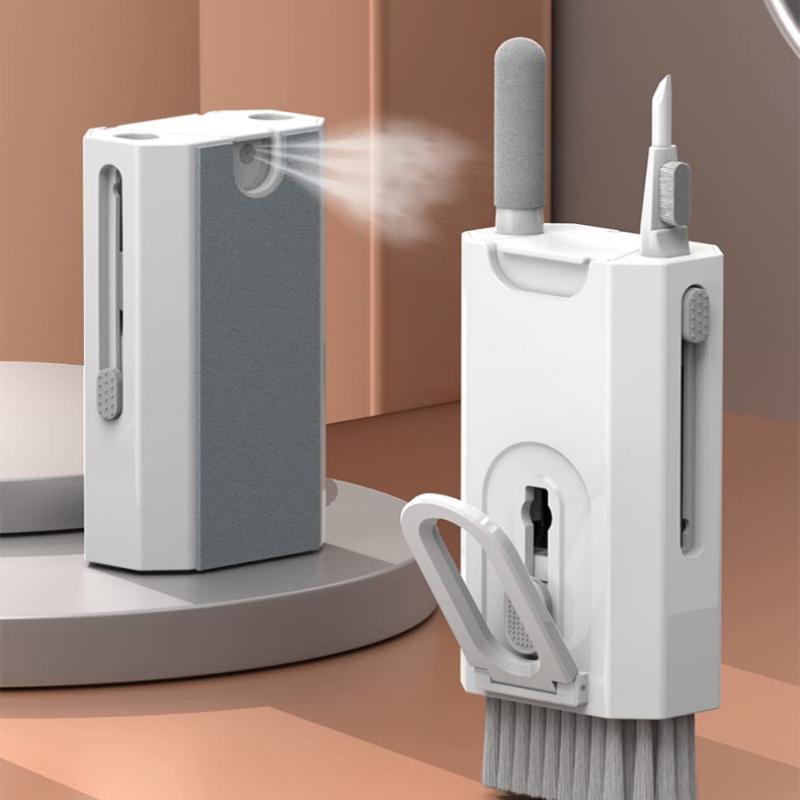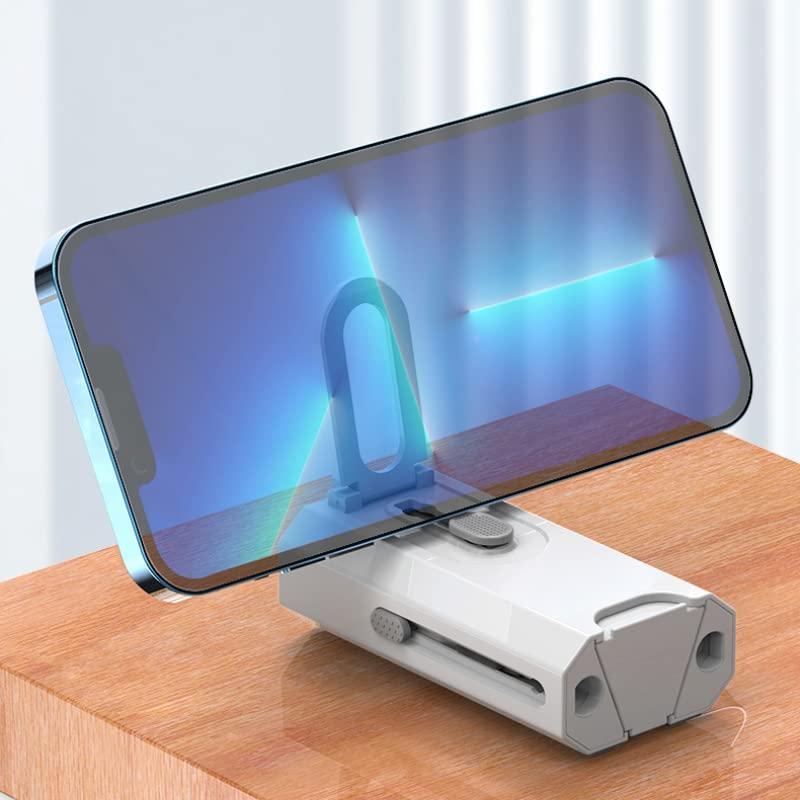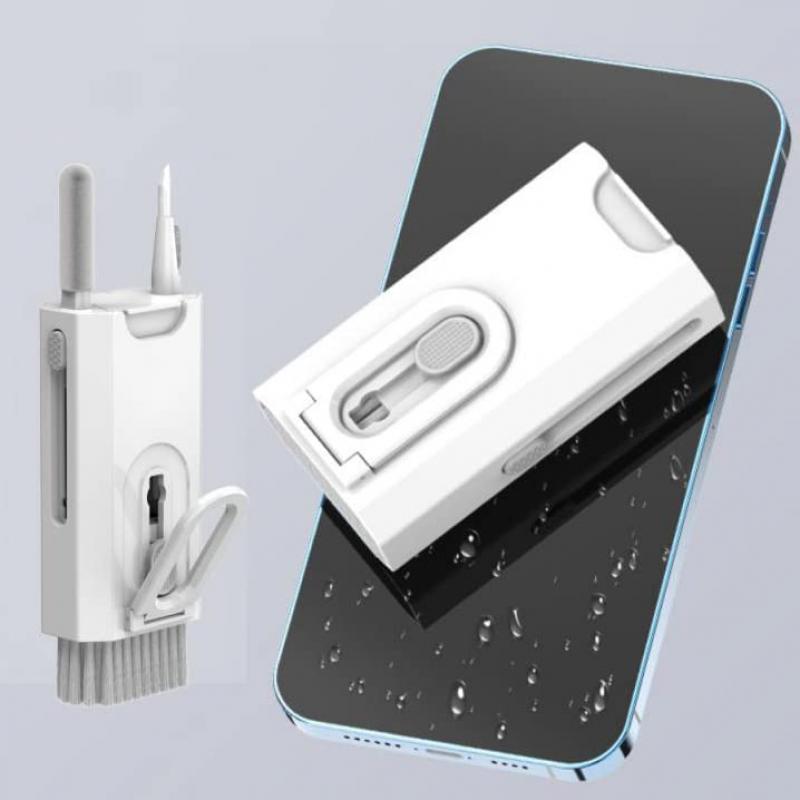How To Clean Iphone Speakers At Home?
Cleaning your iPhone speakers at home is a task that many users find necessary to maintain the quality of their device's sound output. Over time, dust, dirt, and other debris can accumulate in the speaker grills, leading to muffled or distorted audio. In this article, we will explore various methods to clean your iPhone speakers effectively and safely, ensuring that you can enjoy clear sound without damaging your device.
Understanding the Importance of Clean iPhone Speakers

Before diving into the cleaning methods, it's essential to understand why keeping your iPhone speakers clean is crucial. The speakers are responsible for producing sound for calls, music, videos, and notifications. When they become clogged with debris, the sound quality can degrade significantly. Additionally, accumulated dirt can lead to long-term damage if not addressed promptly.
Tools and Materials Needed

To clean your iPhone speakers at home, you will need a few basic tools and materials. These include:
1. Soft-bristled brush: A small, soft-bristled brush, such as a toothbrush or a specialized electronics cleaning brush, can help dislodge dirt and debris from the speaker grills.
2. Compressed air canister: Compressed air can be used to blow out dust and particles from the speaker openings.
3. Microfiber cloth: A microfiber cloth is ideal for wiping down the exterior of your iPhone without scratching the surface.
4. Toothpick or SIM card ejector tool: These can be used to gently remove stubborn debris from the speaker grills.
5. Isopropyl alcohol (optional): A small amount of isopropyl alcohol can be used to clean the exterior of your iPhone, but it should be used sparingly and with caution.
Step-by-Step Guide to Cleaning iPhone Speakers

1. Power Off Your iPhone

Before you begin cleaning, it's essential to power off your iPhone to prevent any accidental damage or short-circuiting. Hold down the power button and slide to power off.
2. Use a Soft-Bristled Brush
Start by using a soft-bristled brush to gently sweep away any loose dirt and debris from the speaker grills. Be sure to brush in a circular motion to dislodge particles effectively. Avoid using excessive force, as this can push debris further into the speaker openings.
3. Apply Compressed Air
Next, use a canister of compressed air to blow out any remaining dust and particles from the speaker grills. Hold the canister upright and spray short bursts of air into the speaker openings. Be careful not to hold the canister too close to the device, as the force of the air can damage the delicate components inside.
4. Use a Toothpick or SIM Card Ejector Tool
For stubborn debris that remains lodged in the speaker grills, you can use a toothpick or a SIM card ejector tool to gently remove it. Insert the tool carefully into the speaker openings and lift out any particles. Be cautious not to apply too much pressure, as this can damage the speaker mesh.
5. Wipe Down with a Microfiber Cloth
After cleaning the speaker grills, use a microfiber cloth to wipe down the exterior of your iPhone. This will remove any remaining dust and fingerprints, leaving your device looking clean and polished.
6. Optional: Use Isopropyl Alcohol
If your iPhone has accumulated grime or sticky residue, you can use a small amount of isopropyl alcohol to clean the exterior. Dampen a corner of the microfiber cloth with isopropyl alcohol and gently wipe down the affected areas. Avoid getting any liquid into the speaker openings or other ports.
Preventive Measures to Keep iPhone Speakers Clean
To minimize the need for frequent cleaning, consider adopting some preventive measures to keep your iPhone speakers clean:
1. Use a protective case: A case can help shield your iPhone from dust and debris, reducing the amount that enters the speaker grills.
2. Avoid using your iPhone in dusty environments: Try to keep your device away from areas with excessive dust, dirt, or sand.
3. Store your iPhone in a clean place: When not in use, store your iPhone in a clean, dust-free environment to prevent debris from accumulating.
Troubleshooting Common Issues
If you have followed the cleaning steps and still experience issues with your iPhone speakers, there may be other underlying problems. Here are some common issues and potential solutions:
1. Muffled sound: If the sound remains muffled after cleaning, check for any software updates that may address audio issues. Additionally, try resetting your iPhone's settings to see if this resolves the problem.
2. No sound: If there is no sound coming from the speakers, ensure that your iPhone is not in silent mode and that the volume is turned up. If the issue persists, it may be a hardware problem that requires professional repair.
3. Distorted sound: Distorted sound can be caused by damaged speaker components. If cleaning does not improve the sound quality, you may need to have the speakers replaced by a certified technician.
Cleaning your iPhone speakers at home is a straightforward process that can significantly improve the sound quality of your device. By using the right tools and following the step-by-step guide provided in this article, you can effectively remove dust and debris from the speaker grills without causing damage. Additionally, adopting preventive measures can help keep your iPhone speakers clean and functioning optimally. If you encounter persistent issues, it may be necessary to seek professional assistance to address any underlying hardware problems. With regular maintenance and care, you can ensure that your iPhone continues to deliver clear and crisp audio for all your needs.

There are no comments for this blog.